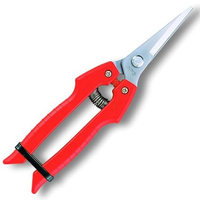Double your money: How to propagate a Chinese money plant
A step-by-step guide to propagation by division
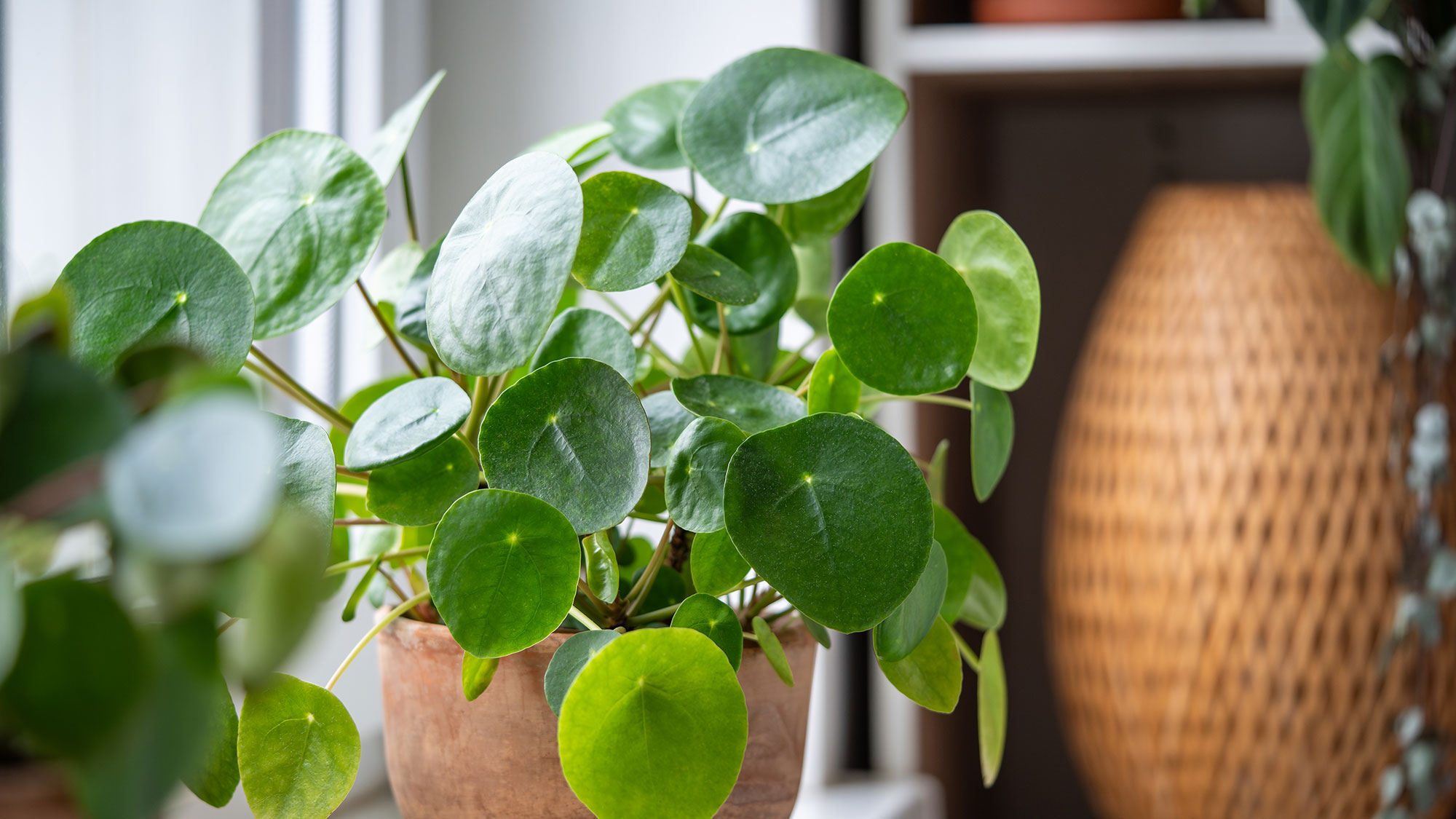
A gardening friend introduced me to the Chinese money plant a few years ago, when houseplants were becoming all the rage. Since then, I’ve always had a few dotted around my home, adding a touch of greenery to my interior.
Indoor plants have many other benefits besides adding a touch of vibrant color to your home. Houseplants will ease stress and boost your mood, and there are plenty of houseplants you can propagate easily, allowing you to increase your plant collection without taking expensive trips to your local garden center.
In fact, with a Chinese money plant, also known as Pilea Peperomioides, you can literally double your money with the help of a few tools and some potting compost. Follow my step-by-step guide on how to propagate a Chinese money plant to boost your houseplant collection for free.
How to propagate a Chinese money plant
It’s fairly easy to propagate a Chinese money plant, and I’ve always met with success each time I’ve tried. Therefore, if you’ve never grown a plant from a cutting before, it could be a good one to start with. In fact, it's one of the 5 easiest houseplants to grow from a cutting.
The best time to propagate a Chinese money plant is in the spring and early summer during it's growing season. If you propagate your plant at this time, you'll be guaranteed to hit the jackpot!
Chinese money plant's also thrive in temperatures between 55°F-85°F, and it's best not to let it go below 50°F.
Pencil
Clean knife/needle-nosed pruner
Small pot
Well-draining potting compost
Perlite (optional)
The easiest method propagating a Chinese money plant is by division, which means separating the plant. In this scenario, we’re not talking about dividing a large section of the Chinese money plant, but taking a very small node from the stem.
Sign up to get the BEST of Tom's Guide direct to your inbox.
Get instant access to breaking news, the hottest reviews, great deals and helpful tips.
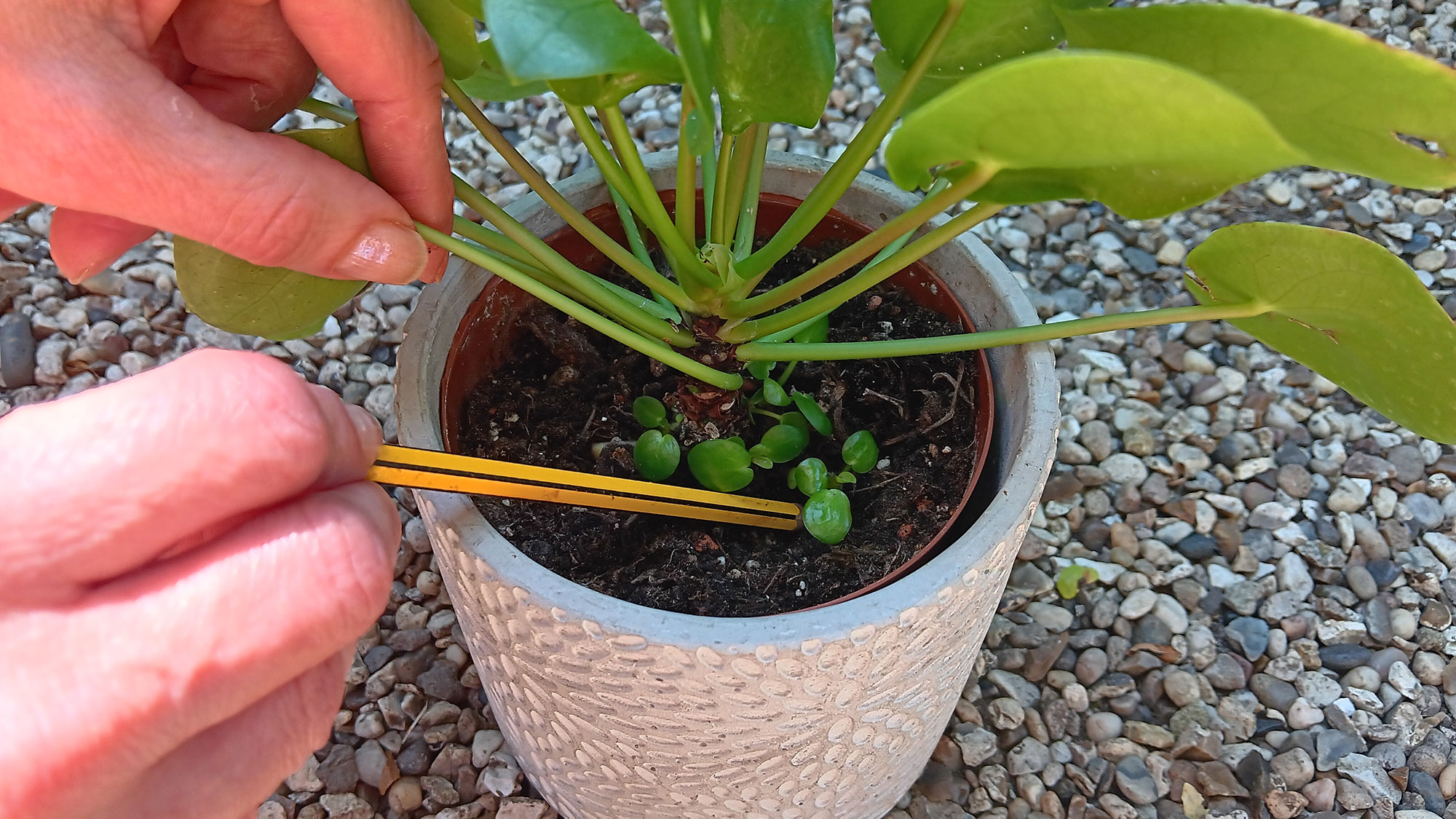
Step one
Take a look at the base of the plant around the soil. Here you may be able to see small leaves growing up, which are known as pups. Use your fingers, or take the end of a pencil, to dig around the soil to find the end of the rhizome. The rhizome is the horizontal underground stem that sends out shoots and roots.
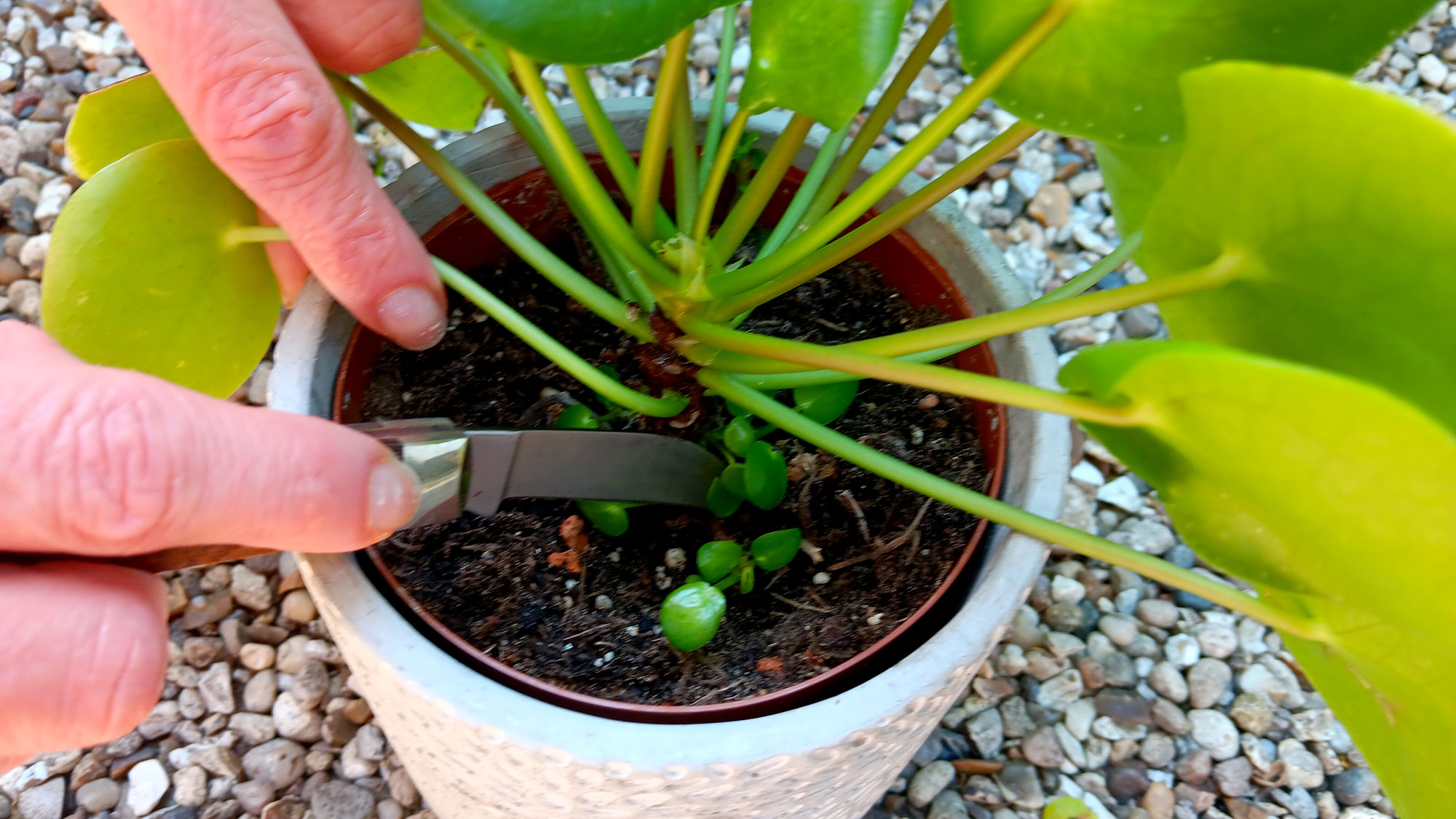
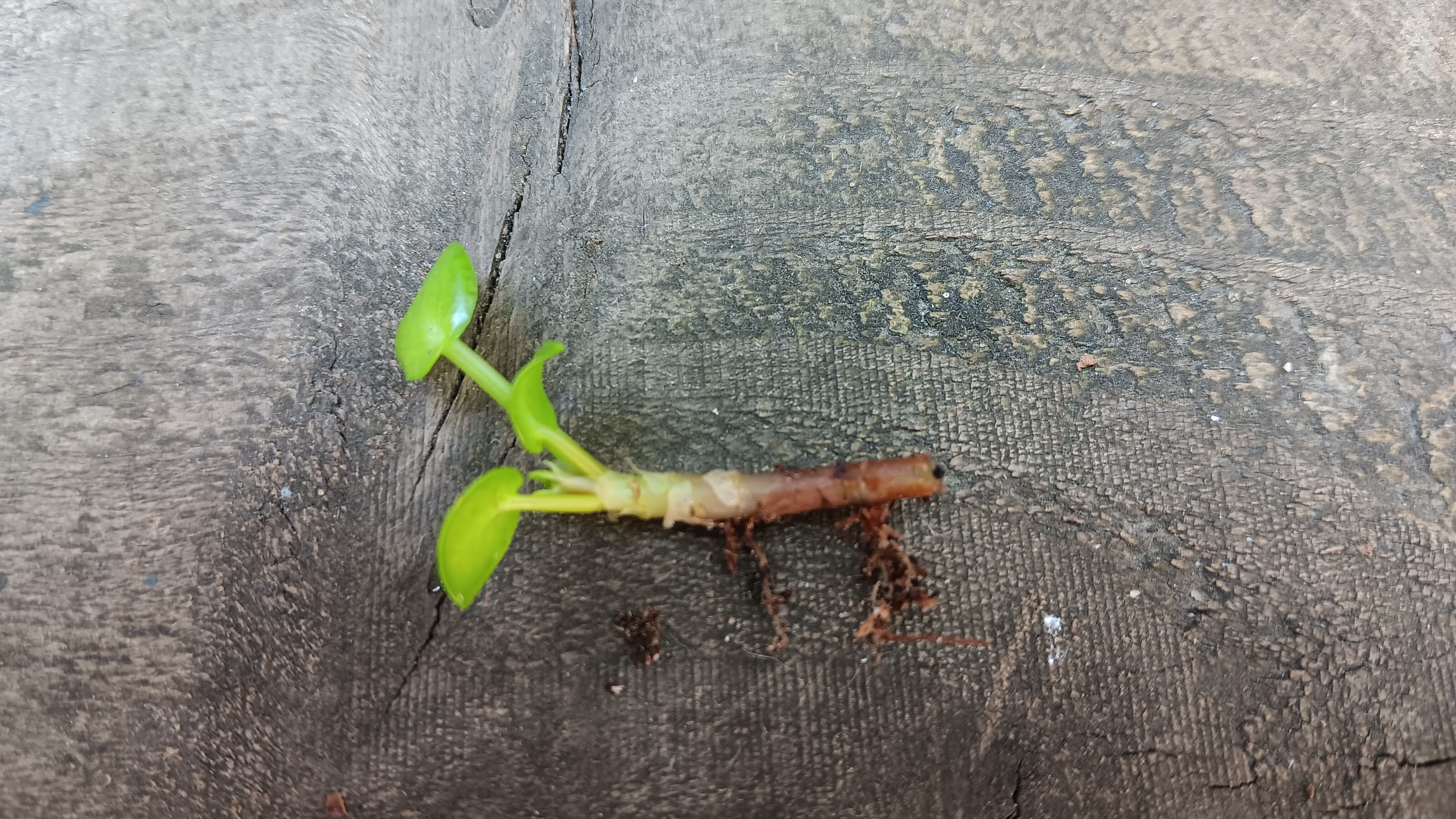
Step two
Choosing a sharp knife or a needle-nosed pruner to cut through the rhizome, try getting as close to the main plant as possible. The longer the rhizome, the more chance you give the pup to form new roots.
Top tips
1. Always make sure your cutting tool of choice is sterile before use, this prevents the potential spread of disease. I clean my tools with surgical spirit, which is ethyl alcohol, but you can also use isopropyl alcohol.
2. You'll probably find that your usual pruning shears are too large to cut the pup from the plant. Therefore, swap to a sharp knife or a pair of garden snips.
ARS Needle Nose Pruner HP-SE45: was $26 now $161 @ Amazon
These stainless steel, needle nose pruners are ideal for light garden pruning, such as picking fruit, gathering vegetables, cutting flowers and taking cuttings They support an ergonomic handle to fit comfortably in the hand and their blades can be replaced.
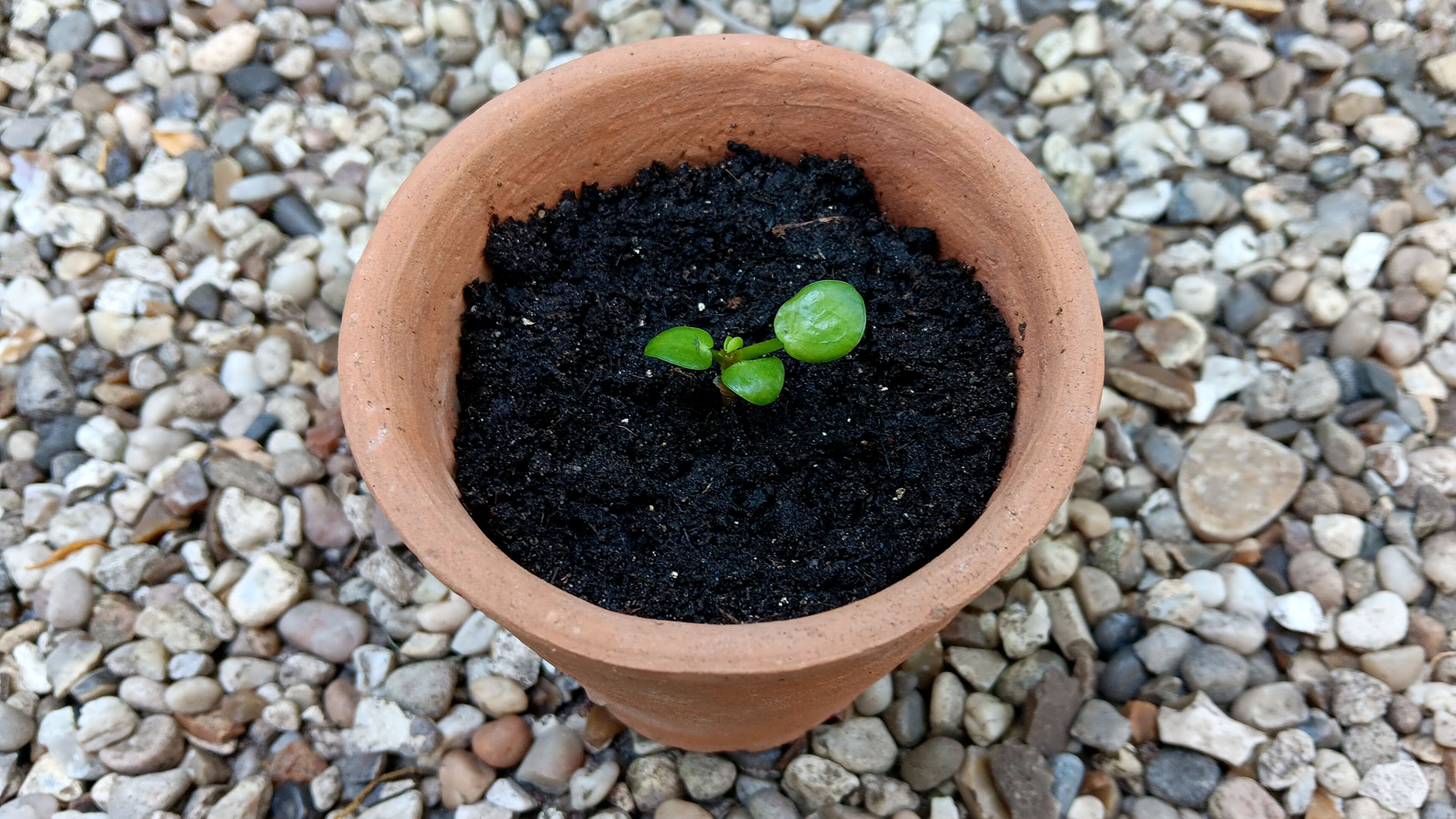
Step three
Place the cutting in a small pot with drainage holes, filled with potting compost. Adding a small amount of perlite will help with drainage.
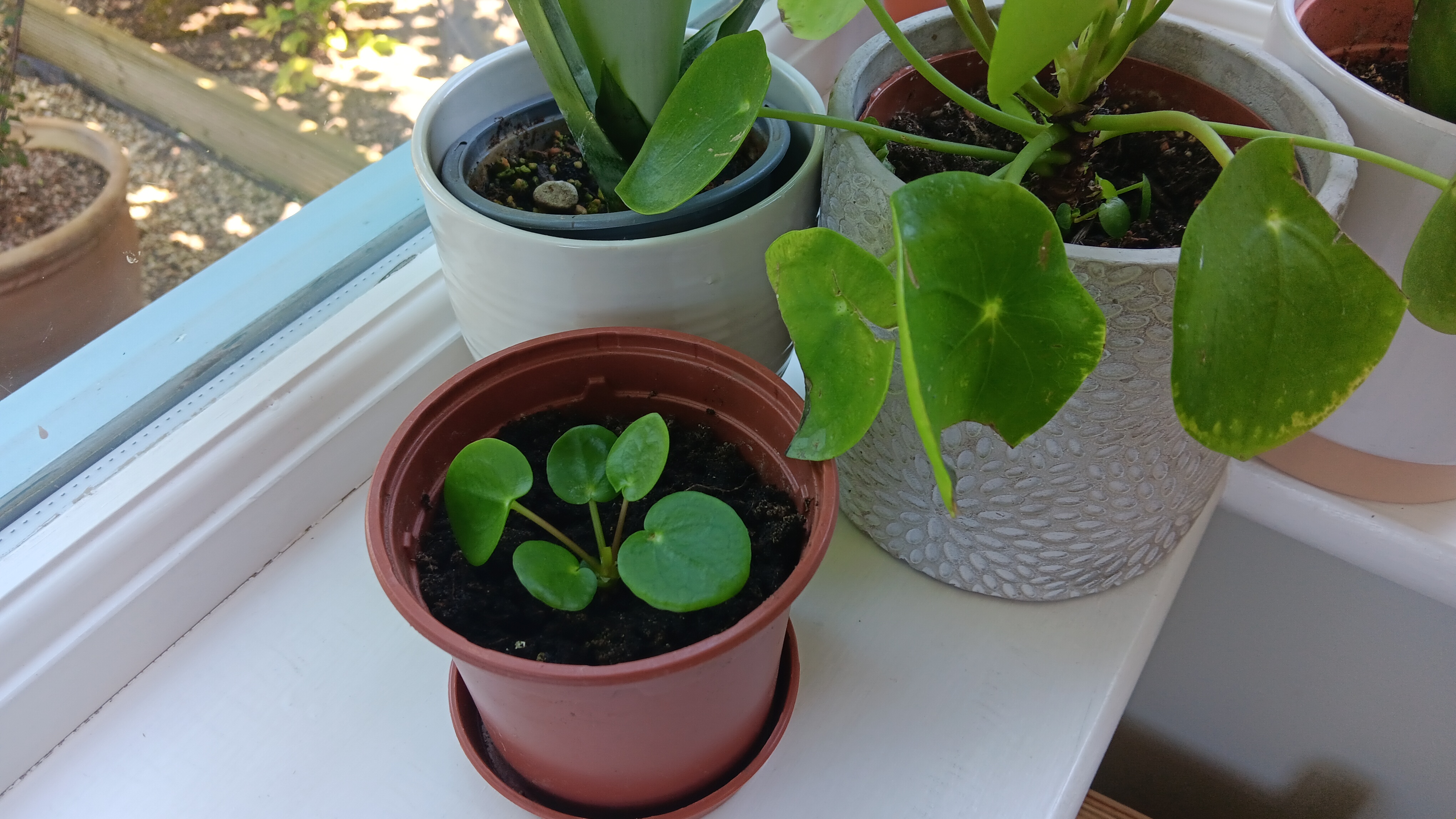
Step four
Place the cutting in a light environment, such as a windowsill, and leave the soil to dry out between watering. The above images shows a cutting that I took from the same Chinese money plant two weeks before.
Other ways to propagate a Chinese money plant
Although the easiest way of growing a Chinese money plant is by the above method, it's also possible to create new plants in other ways, including taking a leaf cutting and propagating from the main stem.
Take a leaf cutting
Remove a leaf with its stalk and place it in a small vase of tap water. Leave it for 1-2 weeks until roots have developed to about 1-inch in length. Then, follow step 3 and 4 above.
Propagating from the main stem
This method works best if your Chinese money plant has a tall stem and is heavy on the top. Cut off a 2-3-inch stem from the top of the plant. Place the base of the stem in lukewarm water and water a couple of weeks for roots to develop. Then, follow step 3 and 4 above.
How did the Chinese money plant get its name?
Pilea peperomioides goes by several names. Apart from the Chinese money plant, it’s also known as the UFO plant and pancake plant. Its round flat leaves are said to resemble coins, UFOs, and pancakes!
The Chinese money plant is an evergreen perennial with shiny, dark green leaves that take a circular form. The leaves can grow up to 4 inches in diameter and extend from long thin stalks, or petioles, which grow off a central stem.
Why is the Chinese money plant popular?

Apart from being an attractive plant with a rounded, compact shape, its easy to grow and propagate. This makes it a popular choice as a houseplant, which is why I’m a fan. It has also been described as the ‘friendship plant’ because it is easy to propagate and pass on to others to enjoy.
More from Tom's Guide

Camilla Sharman has worked in publishing and marketing for over 30 years and has covered a wide range of sectors within the business and consumer industries both as a feature, content, and freelance writer.
As a business journalist, Camilla has researched articles for many different sectors from the jewellery industry to finance and tech, charities, and the arts. Whatever she’s covered, she enjoys delving deep and learning the ins and out of different topics, then conveying her research within engaging content that informs the reader. In her spare time, when she’s not in her kitchen experimenting with a new recipe, you’ll find her keeping fit at the gym. In the pool, stretching at a yoga class, or on a spin bike, exercise is her escape time. She also loves the great outdoors and if she’s not pottering about in her garden, she’ll be jumping on her bike for a gentle cycle ride.
